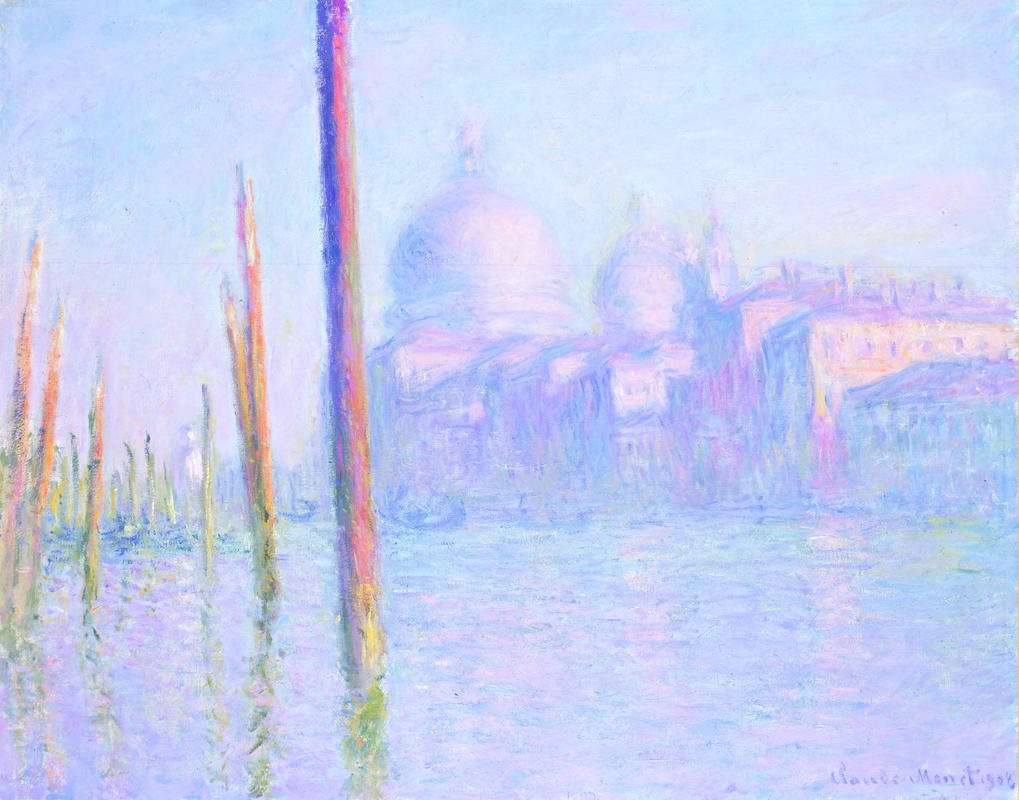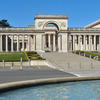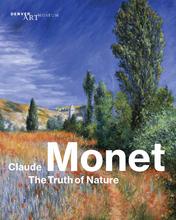More about The Grand Canal, Venice
- All
- Info
- Shop

Sr. Contributor
Claude Monet’s wife was sick of looking at water lilies, and this was the result.
By 1908, Alice Monet had spent five years patiently watching her husband paint his iconic flowers in their garden, and frankly…girl needed a vacation. Opportunity knocked when socialite/art collector Mary Young Hunter, whom they had met through John Singer Sargent, invited them to her palazzo in Venice.
Monet practically had to be dragged kicking and screaming from his precious water lilies, but Alice needed a change of scenery. Monet was intimidated at first, saying “It is too beautiful to be painted!” but he quickly developed a love-hate relationship with Venice. He flew into a foul mood when it started to rain, threatening to pack up and go home, but when the sun came out he fell back in love with the city on the water.
Ever the perfectionist, Monet organized his schedule into two-hour time slots so he could paint at each time of day. Nonetheless, he wrote to his art dealer, “I’m afraid I will only bring back beginnings that will be nothing else but souvenirs for me.” These “souvenirs” now sell for upwards of $45 million…not bad for paintings he basically though of as postcards.
Alice wrote to her daughter that she was happy to see Monet “doing such beautiful things, and –between you and me- something other than those same old water lilies.” The Monets were also delighted with their first taste of electric lighting when they moved to the Grand Hotel Britannia. Alice said, “It’s magical! Monet can see his canvases.” Impressionism explained…the poor guy just couldn’t see clearly! They installed electricity as soon as they returned home.












